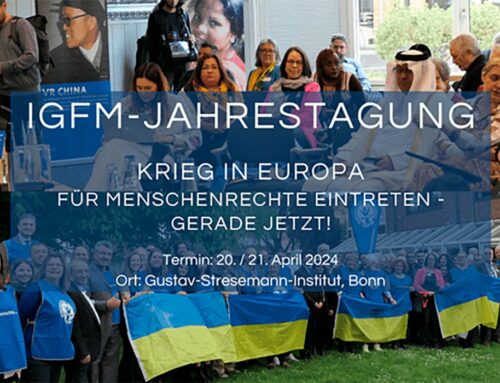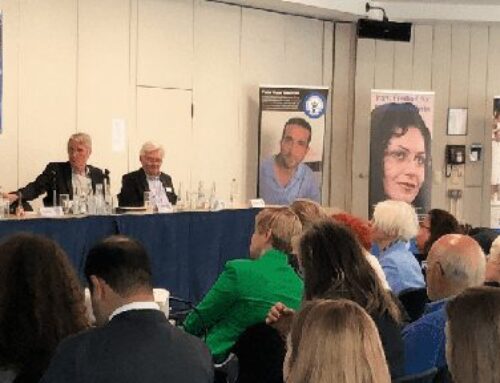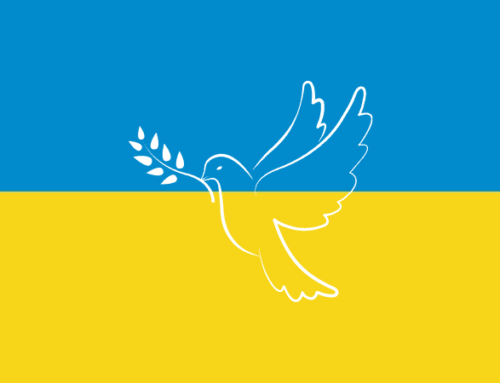Armut ist bedeutend und nimmt zu, ein Phänomen, das Kinder beunruhigt. Der Zugang der Bevölkerung zu öffentlichen Dienstleistungen hat in den letzten zehn Jahren zugenommen.
Im Jahr 2020 lebte ein Viertel der Bevölkerung des Landes unterhalb der absoluten Armutsgrenze und 10 % – unterhalb der extremen Armutsgrenze.
 Armut ist bedeutend und nimmt zu, ein Phänomen, das Kinder beunruhigt. Der Zugang der Bevölkerung zu öffentlichen Dienstleistungen hat in den letzten zehn Jahren zugenommen. Dennoch bleiben bestimmte Gruppen beim Zugang zu öffentlichen Dienstleistungen benachteiligt.
Armut ist bedeutend und nimmt zu, ein Phänomen, das Kinder beunruhigt. Der Zugang der Bevölkerung zu öffentlichen Dienstleistungen hat in den letzten zehn Jahren zugenommen. Dennoch bleiben bestimmte Gruppen beim Zugang zu öffentlichen Dienstleistungen benachteiligt.
Ein großer Teil der Bevölkerung sucht keine Gesundheitsversorgung, selbst wenn sie notwendig ist.
In 2020, one fourth of the country’s population lived in absolute poverty, while 10% lived in conditions of extreme poverty. Even if poverty expand in rural areas, it grew in urban areas too. The women with disabilities and the Roma women are poorer than the men with disabilities and the Roma men. Absolute poverty among children rose to 26%, in rural areas this being at about 36%. The expansion of poverty among children in 2020 is primarily due to the rise in the poverty rate in towns.
Even if the average nationwide access to particular community services is at over 70%, some of the households are more limited in accessing these. The access to services of households in rural areas where the largest part of the country’s population lives and where the poorest families usually live is twice lower than in urban areas.
The disadvantaged groups have reduced access to community services, primarily the women, older persons, poor households from rural areas and persons of Roma ethnicity. Having limited access to public services, the women and girls have to live in precarious conditions, but to spend a part of the day doing core household tasks that consume time. The households of older persons are disadvantaged compared with the young ones in terms of access to community service. This discrepancy is primarily due to the disparity in incomes of households and their financial capacities to access services.
According to the report, over 50% of the women didn’t go to see a doctor when they had a health problem that needed to be examined by a doctor. Such a situation is due to the financial difficulties of particular persons to cover the costs of health services. The households that include persons with disabilities have the lowest capacity to purchase health services, about 45% of these being unable to ask for health services owing to the lack of funds for covering the costs. Also, about 40% of the poor households are unable to cover the costs of medicines. The informal payments worsen further the uncovered demand for health services. Over 20% of the vulnerable groups resorted to informal payments, but these payments impoverish them further.
The level of acknowledgement of the population’s rights to access public information and information about the local public administration increased the past few years. Nevertheless, the effective participation level continues to be low. The vulnerable categories, primarily the persons with disabilities, the older persons and the Roma population, continue to have a lower level of participation and predisposition to become involved in the decision-making process.
The report was compiled in the framework of the project “Joint Equal Opportunity Initiative” that is implemented by East Europe Foundation and CPD with support from the Swiss Agency for Development and Cooperation and Sweden.
Source: ipn.md









Leave A Comment